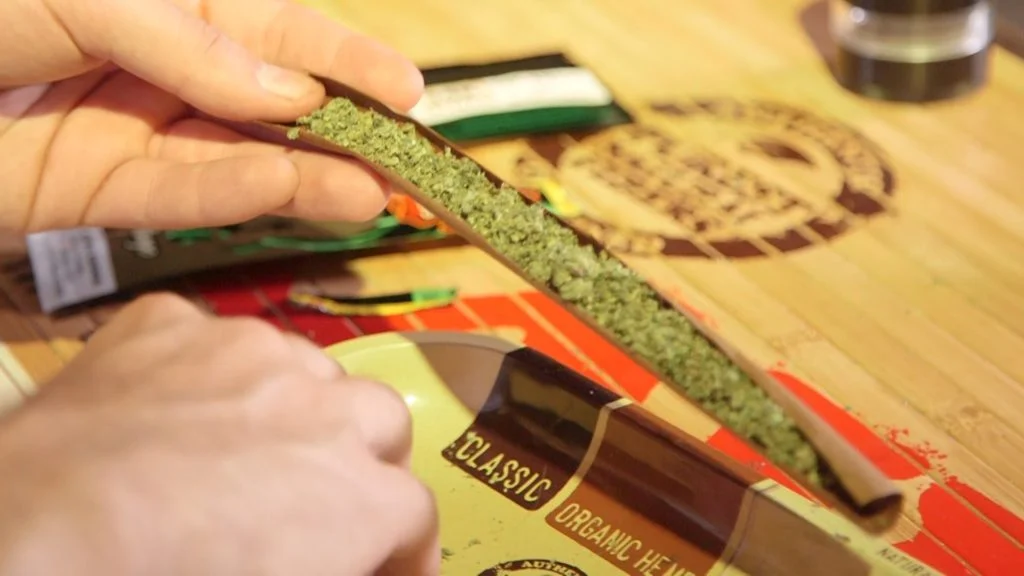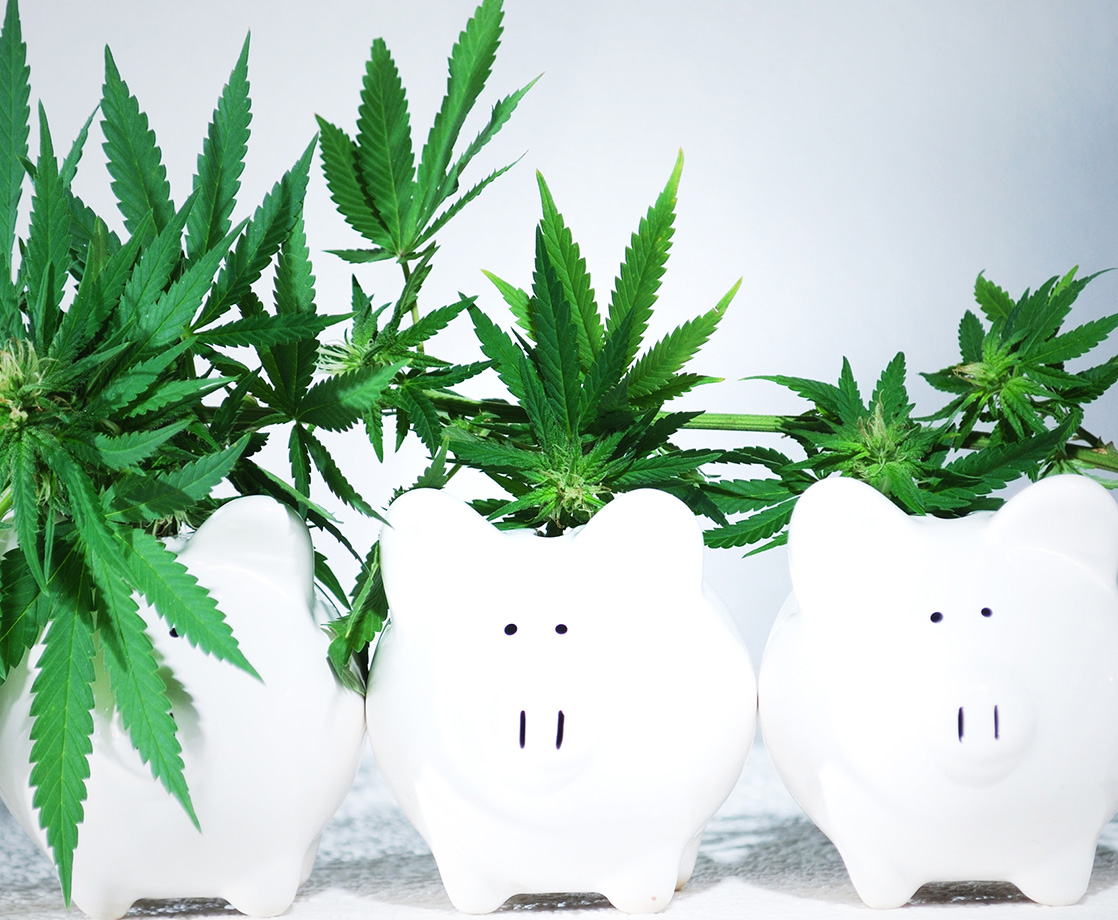Image via
Canadian researchers may have just discovered the secret to rolling the most potent, longest-burning joints.
Scientists from Delic Labs, a Vancouver-based cannabis and psilocybin research center, set out to discover exactly what happens to THC and other cannabinoids as joints burn. Joints are by far the most popular method of cannabis consumption – one recent survey found that 70% of Canadian cannabis users prefer smoking joints to any other method of consumption. But as popular as joints are, the actual science behind their combustion remains unclear.
“There’s a lack of quantitative research on joint smoking,” explained Markus Roggen, Delic’s president and chief science officer, to Scientific American. “I want to understand what happens during inhalation on the chemistry side.”
Roggen and his team investigated whether finely-ground cannabis would provide a greater high than more coarsely-ground flower. Using a standard coffee grinder, researchers ground dried flower into 1, 3, and 5 millimeter particle sizes and rolled them into joints. The team then popped these joints into a high-tech “smoke cycle simulator” that “inhaled” the smoke at regular intervals. Researchers then analyzed the chemical concentration of the smoke as the joint burned.
It turns out the grind size makes a massive difference in the potency and longevity of joints. The 1 mm particle size released the largest quantity of THC, around 0.67 mg per hit. The 5mm grind only released about 0.51 mg of THC per puff. That potency comes at a cost, though. Joints packed with the smallest grind burned up faster than the larger grinds because the smaller pieces exposed a larger surface area to the flame. The 5mm grind provided the longest, most consistent burnout of the three particle sizes.
This research may lead legal cannabis producers to reconsider how to pack their pre-rolls. Traditionally, producers select flower with specific percentages of cannabinoids and calculate exactly how much raw THC or CBD each joint will contain. But this new research indicates that this method may not provide accurate dosages. A pre-roll made with finely-ground low-THC weed could actually get someone higher than a coarsely-ground high-THC joint, for example.
The findings are also important for the medical marijuana industry, which relies on dispensing specific, controlled cannabis dosages. “This information could be particularly useful for medical marijuana patients and clinicians for whom dosing control and consistency is a significant issue,” said Robert Strongin, organic chemistry professor at Portland State University, to Scientific American.
The study also discovered a surprising difference between the potency of the two most popular cannabinoids. Researchers were surprised to learn that CBD is 200 to 400 percent more potent than THC when burned. Specifically, researchers report that THC-dominant flower released an average of 19 to 28 milligrams of THC per joint, but a CBD-rich strain delivered 90 to 100mg of CBD per joint.
“The amount of cannabinoid that gets to your mouth is higher for CBD than for THC,” Roggen told Scientific American. “I cannot explain it, but I am very intrigued.”
Roggen and his team also found that more terpenes are released at the beginning of the burn, while the strongest concentration of cannabinoids comes at the end. So the first hit of a joint may be the best-tasting, but least potent puff, while later pulls could taste harsher but pack more of a punch.











